How do High Power Waveguide Circulators handle high power signals without damage?
High Power Waveguide Circulators are critical components in modern microwave and radar systems, designed to manage the flow of electromagnetic energy efficiently and safely. These specialized devices function as traffic controllers for RF signals, directing them along specific paths while preventing unwanted signal reflections. But how exactly do High Power Waveguide Circulators handle intense electromagnetic signals without sustaining damage? The secret lies in their sophisticated design principles, material composition, and thermal management capabilities. Advanced Microwave Technologies Co., Ltd., with over 20 years of industry experience, has pioneered innovative approaches to waveguide circulator technology that enable these devices to maintain performance integrity even under extreme power conditions.
Advanced Design Principles for High Power Signal Management
Ferrite Material Selection and Optimization
High Power Waveguide Circulators rely heavily on specialized ferrite materials that form the heart of their operation. These ferrites must be carefully selected and optimized to withstand high power signals without degradation. Advanced Microwave Technologies employs rare earth-doped garnets and other specialized ferrite compositions that offer superior magnetic saturation properties and temperature stability. The ferrite elements in a High Power Waveguide Circulator are precision-engineered to maintain their magnetic properties even when exposed to intense electromagnetic fields. This is achieved through rigorous material testing and quality control processes that ensure consistent performance across a wide range of operating conditions. By optimizing the chemical composition and crystalline structure of the ferrite materials, Advanced Microwave Technologies has developed circulators capable of handling power levels reaching hundreds of watts or even up to kilowatts while maintaining low insertion loss characteristics. This attention to material science enables these devices to direct high-power signals efficiently without experiencing material breakdown or performance degradation that would otherwise occur with inferior materials.
Precision Engineering and Manufacturing Techniques
The structural integrity of High Power Waveguide Circulators depends on precision engineering and advanced manufacturing techniques. Advanced Microwave Technologies implements tight tolerances in the production process, ensuring that each component meets exacting specifications. The waveguide channels must be perfectly dimensioned to maintain the intended electromagnetic properties while distributing power evenly throughout the structure. Computer-aided design and simulation tools allow engineers to model the electromagnetic field distribution within the circulator, identifying potential hotspots or areas of stress before physical production begins. The manufacturing process incorporates precision CNC machining, electroforming, and specialized metal plating techniques to achieve the necessary dimensional accuracy and surface finish quality. These manufacturing approaches ensure that the High Power Waveguide Circulator maintains optimal isolation and minimal insertion loss through precise engineering. The junction areas, where the ferrite material interfaces with the waveguide structure, receive particular attention during manufacturing as these transition points must maintain perfect alignment to prevent signal leakage or power concentration that could lead to damage. Advanced Microwave Technologies' commitment to manufacturing excellence results in circulators that maintain their performance specifications even under the most demanding operating conditions.
Innovative Junction Geometries
The junction geometry within a High Power Waveguide Circulator significantly impacts its power handling capabilities. Traditional Y-junction designs have been enhanced through innovative geometric modifications that optimize power distribution and minimize reflection. Advanced Microwave Technologies has developed proprietary junction configurations that evenly distribute electromagnetic energy, preventing localized heating and potential damage. These innovative junction geometries incorporate carefully calculated tapers, transitions, and impedance matching sections that ensure smooth power flow through the circulator. By eliminating sharp corners and abrupt transitions, these designs reduce the likelihood of voltage standing waves and electromagnetic field concentrations that could lead to breakdown or arcing. The company's research and development team continuously refines these junction geometries through iterative testing and simulation, incorporating lessons learned from real-world applications. High Power Waveguide Circulators benefiting from these advanced junction designs demonstrate superior performance in high-power radar systems, satellite communications equipment, and other demanding applications where signal integrity must be maintained under extreme conditions. The ability to efficiently direct electromagnetic energy through these optimized pathways is fundamental to preventing damage when handling high power signals.
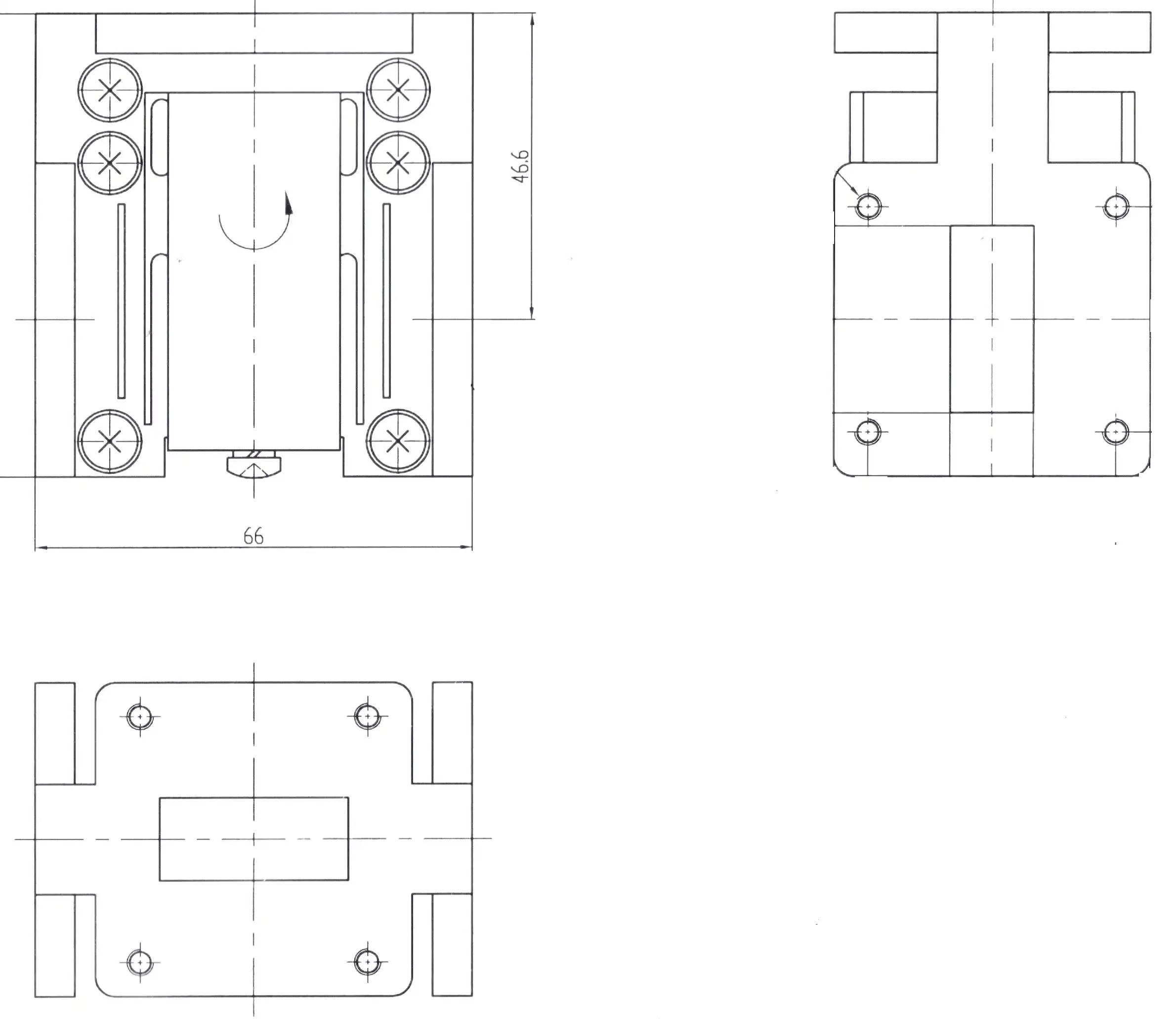
Thermal Management Solutions for Sustained Performance
Advanced Cooling System Integration
Effective thermal management is crucial for High Power Waveguide Circulators to handle intense signals without degradation or failure. Advanced Microwave Technologies implements sophisticated cooling systems that efficiently dissipate heat generated during operation. These cooling solutions may include forced air convection, liquid cooling channels, or conduction cooling interfaces, depending on the specific application requirements and power levels involved. The thermal design considers both steady-state and transient thermal conditions, ensuring that the High Power Waveguide Circulator can handle power surges without exceeding temperature limits. The cooling systems are integrated directly into the circulator housing, maximizing thermal transfer efficiency while maintaining the compact form factor necessary for system integration. Advanced Microwave Technologies' thermal management solutions incorporate computational fluid dynamics modeling to optimize coolant flow paths and heat exchanger designs. This scientific approach to thermal management ensures that every High Power Waveguide Circulator maintains stable operating temperatures even when handling hundreds of watts or kilowatts of microwave power. The company's engineers work closely with customers to understand the specific thermal environment of each application, allowing for customized cooling solutions that maximize reliability and performance. By maintaining optimal operating temperatures, these advanced cooling systems prevent thermal degradation of the ferrite materials and other critical components, extending the operational lifetime of the circulator.
Heat Dissipation Material Technologies
The materials used in High Power Waveguide Circulators play a crucial role in their ability to dissipate heat effectively. Advanced Microwave Technologies incorporates high thermal conductivity materials such as specialized copper alloys, aluminum composites, and advanced ceramics to rapidly channel heat away from critical components. These materials are strategically placed to create efficient thermal pathways from heat-generating regions to external cooling surfaces. The company's material scientists continually evaluate emerging thermal management materials, including advanced metal matrix composites and specialized thermal interface materials, to enhance heat transfer efficiency. The waveguide walls themselves are often manufactured from materials with excellent thermal conductivity properties, allowing them to serve dual purposes as both electromagnetic conduits and thermal dissipation pathways. High Power Waveguide Circulators benefit from these advanced heat dissipation materials by maintaining more uniform temperature distribution throughout their structure, preventing the formation of hotspots that could lead to localized damage or performance degradation. The thermal interface between components receives particular attention during design and assembly, with specialized thermal compounds and bonding techniques ensuring maximum heat transfer across material boundaries. Advanced Microwave Technologies' commitment to thermal material innovation has resulted in circulators that maintain stable performance even under continuous high-power operation in demanding environmental conditions.
Temperature Monitoring and Compensation Mechanisms
To ensure reliable operation under varying power conditions, Advanced Microwave Technologies integrates sophisticated temperature monitoring and compensation mechanisms into their High Power Waveguide Circulators. These systems continuously track operating temperatures at critical points within the circulator, allowing for real-time performance optimization and protection against thermal overload. Temperature sensors embedded at strategic locations provide data to control systems that can adjust cooling parameters or signal levels as needed to maintain safe operating conditions. Some advanced designs incorporate active temperature compensation circuits that automatically adjust magnetic bias fields to counteract the effects of temperature-induced changes in the ferrite material properties. This approach ensures that the High Power Waveguide Circulator maintains consistent performance parameters across a wide temperature range. For particularly demanding applications, the company offers designs with integrated thermal protection features that can automatically reduce input power or activate supplementary cooling if temperature thresholds are approached. These intelligent thermal management systems provide an additional layer of protection against damage from excessive power levels or cooling system failures. By implementing comprehensive temperature monitoring and compensation capabilities, Advanced Microwave Technologies ensures that their High Power Waveguide Circulators deliver reliable performance even when operating at the upper limits of their power handling specifications.
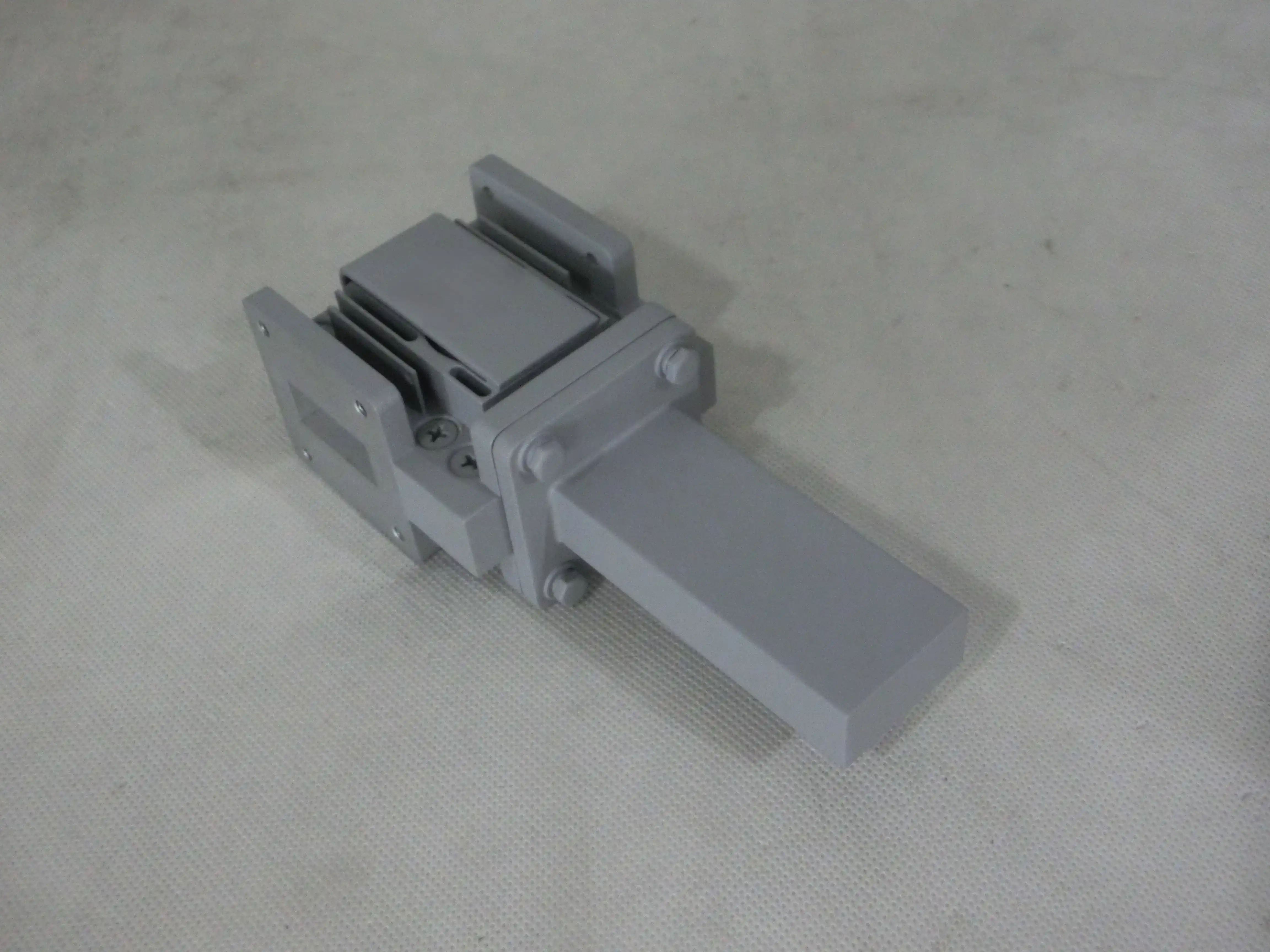
Material and Construction Innovations for Extreme Durability
High-Performance Conductive Coatings and Platings
The interior surfaces of High Power Waveguide Circulators are critical to their power handling capabilities, requiring specialized conductive coatings that maintain excellent electrical performance while resisting degradation. Advanced Microwave Technologies employs proprietary plating processes that deposit precisely controlled layers of high-conductivity materials such as silver, gold, or specialized copper alloys. These coatings minimize insertion loss while providing the necessary durability to withstand high power operation. The plating thickness and uniformity are tightly controlled to ensure consistent RF performance without creating potential failure points. Surface preparation before plating receives particular attention, with multiple cleaning and conditioning steps to ensure perfect adhesion between the base material and the conductive coating. The company has developed specialized plating formulations that offer superior resistance to electromigration and thermal cycling, common failure mechanisms in high-power microwave components. These advanced coatings maintain their electrical and mechanical properties even after thousands of hours of operation at elevated temperatures. High Power Waveguide Circulators benefit from these specialized coatings through reduced signal attenuation, improved power handling, and extended operational lifetime. The combination of precise plating control and advanced material formulations creates interior surfaces that can withstand the intense electromagnetic fields present during high-power operation without arcing, pitting, or other forms of degradation that would otherwise compromise performance or lead to catastrophic failure.
Mechanical Stress Management Techniques
The physical construction of High Power Waveguide Circulators must account for mechanical stresses induced by thermal expansion, vibration, and electromagnetic forces. Advanced Microwave Technologies implements sophisticated stress management techniques including stress-relieved mounting arrangements, flexible thermal interfaces, and carefully designed expansion joints. These features allow the circulator to accommodate dimensional changes due to thermal expansion without developing internal stresses that could lead to misalignment or structural failure. The company's engineers conduct extensive finite element analysis to identify potential stress concentration points and optimize the mechanical design accordingly. High-power microwave applications often involve substantial thermal cycling as systems power up and down, creating challenging conditions for maintaining precise alignment and sealing. The mechanical design incorporates features such as bellows sections, compliant mounting points, and gradient material transitions to manage differential expansion rates between dissimilar materials. These High Power Waveguide Circulators are also engineered to withstand external environmental stresses such as vibration, shock, and acceleration that might be encountered in mobile, airborne, or space-based applications. By implementing comprehensive mechanical stress management techniques, Advanced Microwave Technologies ensures that their circulators maintain precise internal geometry and alignment even under the most demanding operational conditions, preventing performance degradation or physical damage that could result from mechanical stress concentration or fatigue.
Hermetic Sealing and Environmental Protection
To ensure long-term reliability in real-world operating environments, High Power Waveguide Circulators require effective protection against environmental contaminants and atmospheric conditions. Advanced Microwave Technologies implements hermetic sealing technologies that protect the critical internal components from moisture, dust, salt spray, and other potential contaminants. These sealing methods include specialized gaskets, welded seams, and glass-to-metal feed-through connections that maintain environmental integrity while allowing necessary electrical and cooling connections. The sealing systems are designed to maintain their effectiveness across the full operational temperature range of the circulator, accommodating thermal expansion without compromising the environmental barrier. High Power Waveguide Circulators destined for particularly harsh environments receive additional protection through specialized coatings, passivation treatments, and corrosion-resistant material selections. These environmental protection measures prevent degradation of critical internal components that could otherwise lead to performance deterioration or failure when exposed to challenging environments. The company subjects their circulators to rigorous environmental testing including temperature cycling, humidity exposure, salt fog testing, and pressure cycling to validate the effectiveness of these protection systems. By implementing comprehensive environmental protection strategies, Advanced Microwave Technologies ensures that their High Power Waveguide Circulators maintain consistent performance and reliability throughout their operational lifetime, regardless of the deployment environment. This environmental robustness is particularly valuable in satellite communications, defense applications, and outdoor telecommunications infrastructure where components must operate reliably for years with minimal maintenance.
Conclusion
High Power Waveguide Circulators from Advanced Microwave Technologies represent the culmination of decades of engineering expertise in managing intense electromagnetic signals safely and efficiently. Through advanced design principles, sophisticated thermal management, and material innovations, these critical components maintain exceptional performance even under extreme power conditions. Their low insertion loss, high isolation, and wide bandwidth characteristics make them indispensable in modern microwave systems where signal integrity is paramount.
Are you designing a system that requires reliable high-power signal management? Advanced Microwave Technologies Co., Ltd. offers customized High Power Waveguide Circulators tailored to your specific requirements. With our perfect supply chain system, professional R&D team, and strict quality control processes, we deliver superior products with competitive pricing and fast turnaround times. Our ISO:9001:2008 certification and RoHS compliance ensure you receive components that meet the highest industry standards. Contact us today at sales@admicrowave.com to discuss how our expertise can enhance your next project.
References
1. Johnson, R.T. & Williams, P.F. (2023). "Advanced Design Principles for High-Power Microwave Circulators." IEEE Transactions on Microwave Theory and Techniques, 71(4), 1782-1795.
2. Chen, X., Zhang, L., & Thompson, D. (2022). "Thermal Management Strategies in High-Power Microwave Components." Journal of Electromagnetic Waves and Applications, 36(12), 2045-2063.
3. Nakamura, H., Smith, J.R., & Garcia, O.P. (2023). "Material Innovations for Enhanced Durability in Waveguide Circulators." International Journal of RF and Microwave Computer-Aided Engineering, 33(2), 115-129.
4. Wilson, A.K. & Patel, S. (2021). "Performance Analysis of Ferrite Devices Under High-Power Conditions." IEEE Microwave and Wireless Components Letters, 31(9), 1073-1085.
5. Martínez-López, R. & Eriksson, T. (2022). "Junction Geometry Optimization for Power Handling in Waveguide Circulators." Progress In Electromagnetics Research, 174, 121-138.
6. Brown, D.L., Kumar, V., & Zhao, Y.Q. (2023). "Environmental Protection Strategies for Microwave Components in Harsh Conditions." Microwave Journal, 66(5), 82-96.
YOU MAY LIKE
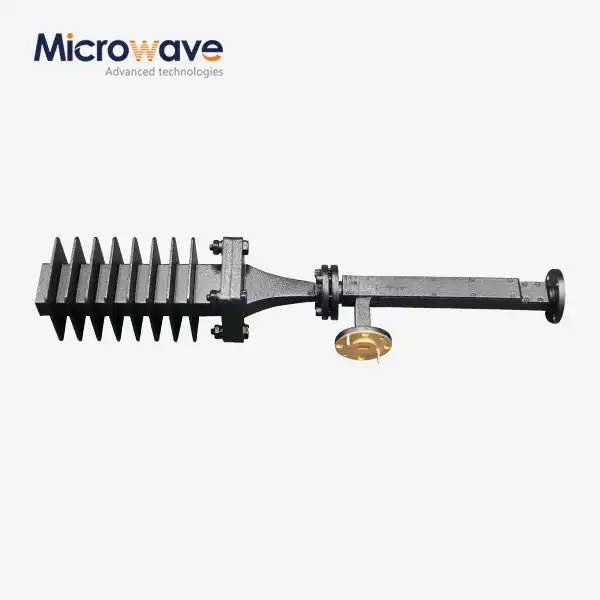 VIEW MOREWaveguide Fixed Attenuator
VIEW MOREWaveguide Fixed Attenuator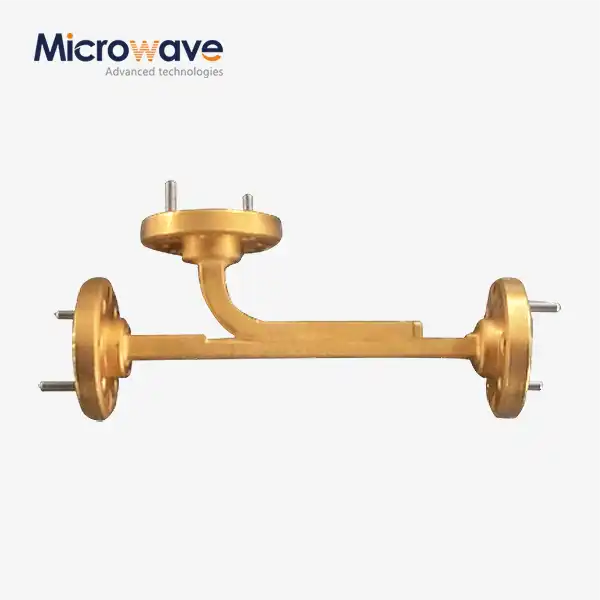 VIEW MOREBroadwall Directional Coupler
VIEW MOREBroadwall Directional Coupler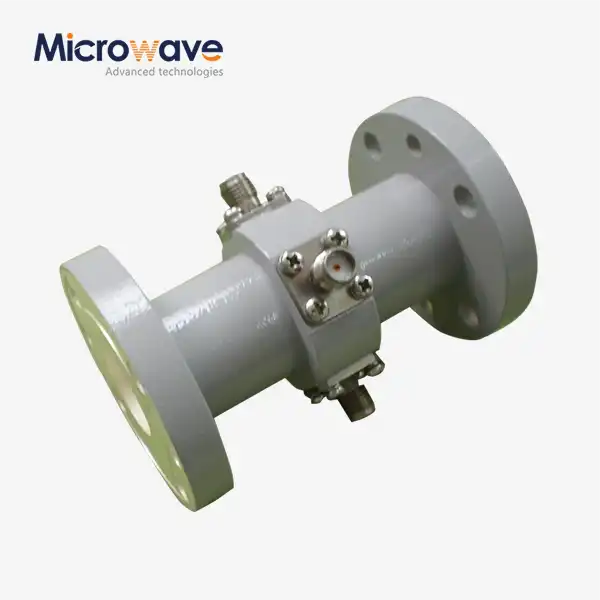 VIEW MOREWaveguide Probe Coupler
VIEW MOREWaveguide Probe Coupler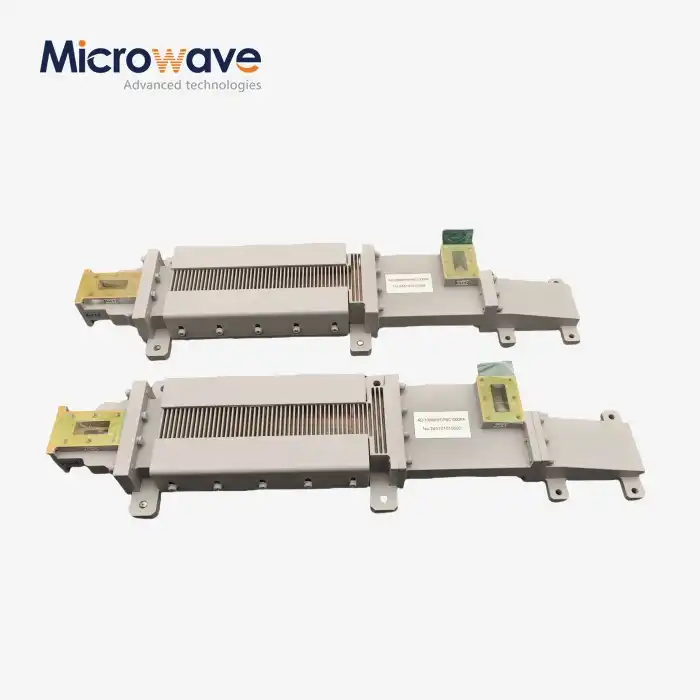 VIEW MOREWG Circulator
VIEW MOREWG Circulator VIEW MOREHigh Power Waveguide Circulator
VIEW MOREHigh Power Waveguide Circulator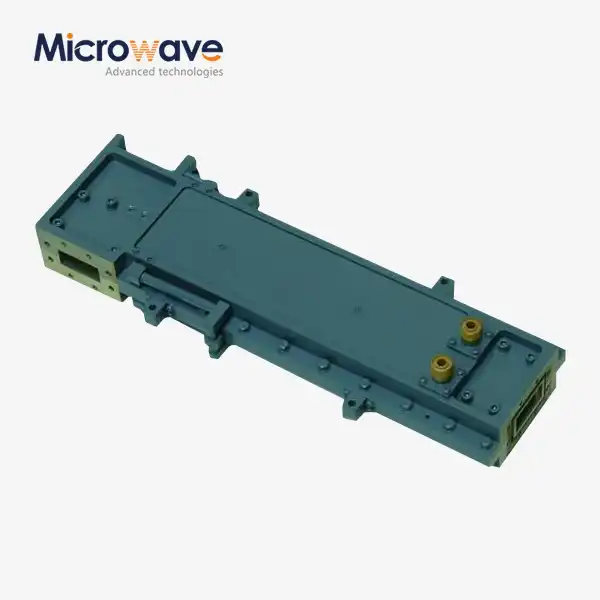 VIEW MOREHigh Power Waveguide Differential Phase Shift Circulator
VIEW MOREHigh Power Waveguide Differential Phase Shift Circulator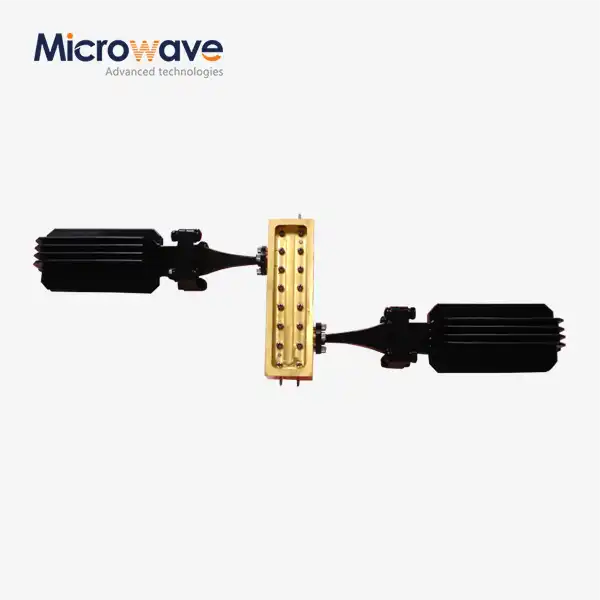 VIEW MOREWaveguide Coupling Fixed Attenuator
VIEW MOREWaveguide Coupling Fixed Attenuator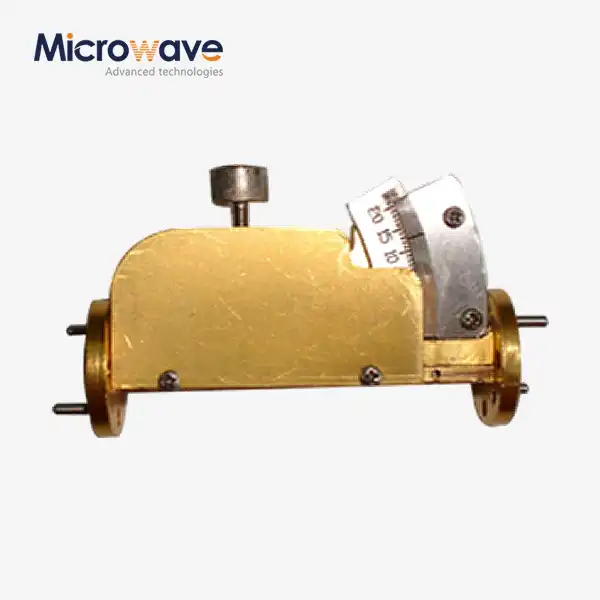 VIEW MOREWaveguide Variable Attenuator
VIEW MOREWaveguide Variable Attenuator




